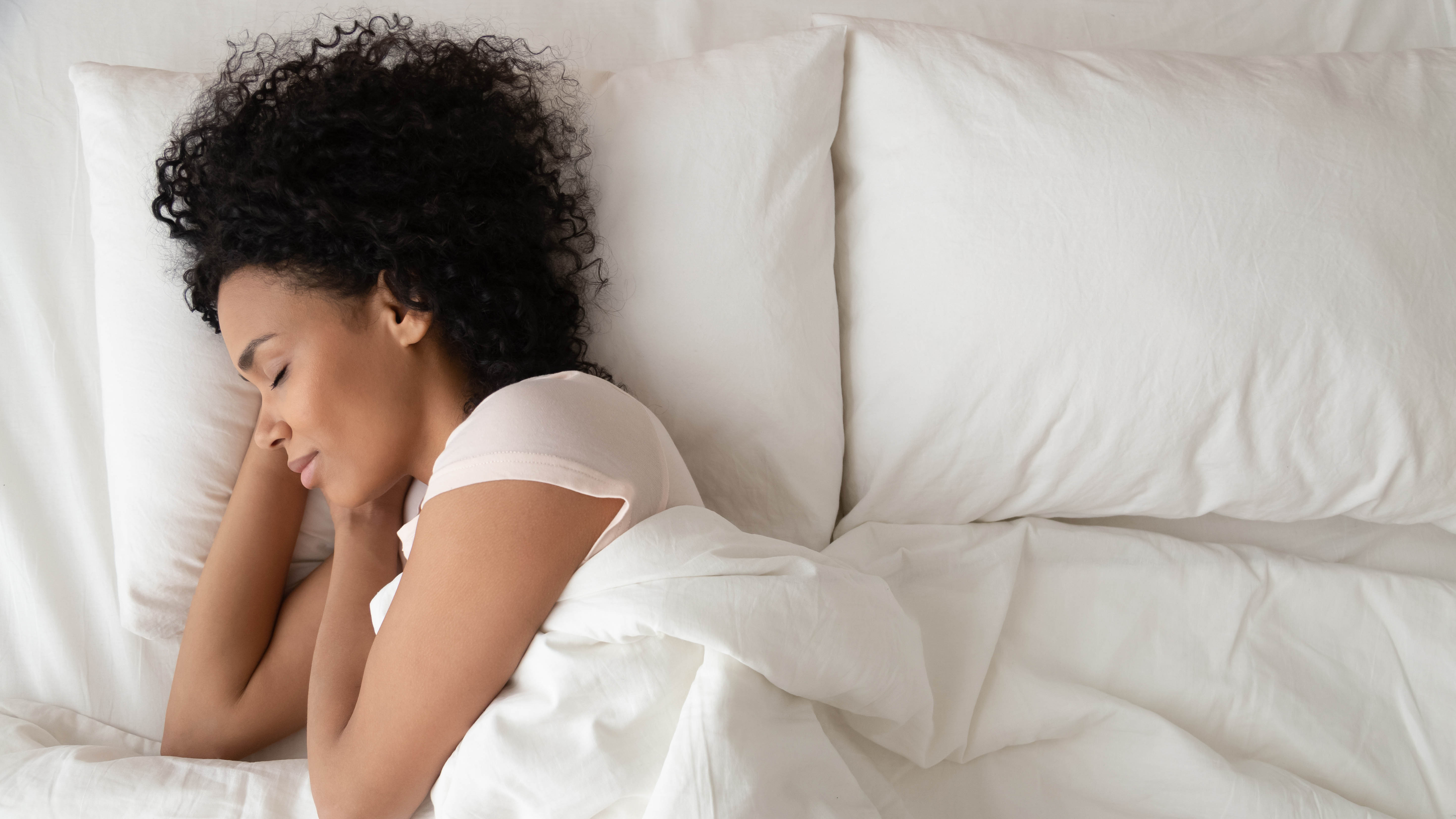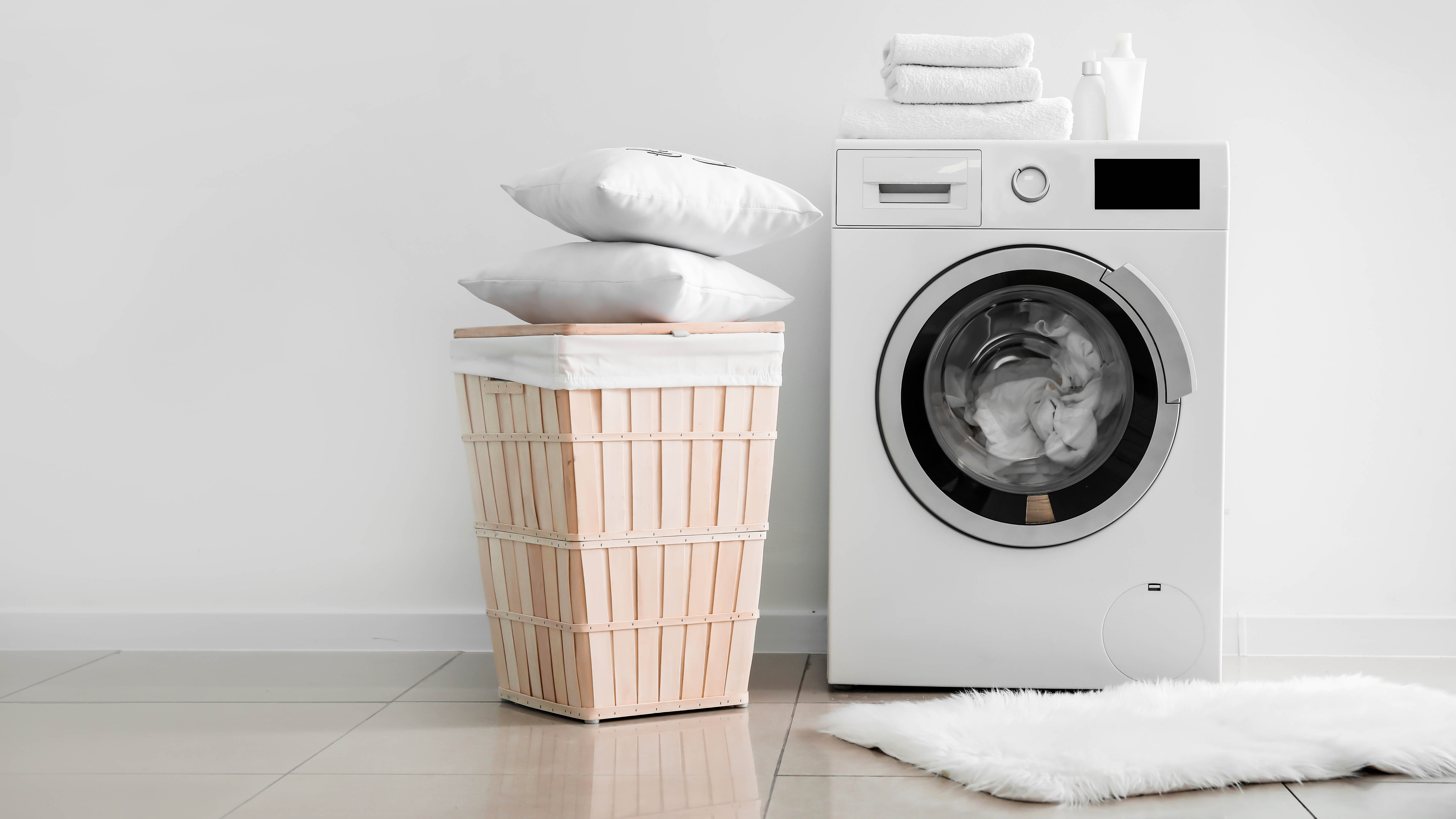Why has my pillow turned yellow? The gross truth
Have you noticed yellow stains on your pillow? Then you should really read this

With Sleep Awareness Week just around the corner, understanding and appreciating our sleep is more important than ever. And one issue many of us encounter but refuse to acknowledge, is the dreaded yellow pillow. Even if you own one of the best pillows, it seems a fresh, white cover can suddenly fade to yellow without warning. But what’s causing this change?
There’s quite a few factors contributing to this problem. Here, we will look into where these stains are coming from, how you can get rid of them, and when you need to throw in the towel and replace the pillow altogether. So, without further ado, here’s why your pillows are turning yellow.
Why has my pillow turned yellow?

Those yellow stains on your pillow are actually sweat stains. You might not feel it, but we get very hot under the covers and release a lot of sweat throughout the night, which seeps through our pillowcase into the pillow. For the same reason, you may notice similar stains forming on the best duvets as well.
Other factors which can lead to these stains include excess makeup, wet hair and drooling. Essentially if your pillow is subjected to moisture, it will eventually stain. If you rotate your pillow often, you may even notice stains on both sides as a consequence.
How can I get rid of these stains?

To get rid of these stains, you’ll need to know how to wash a pillow properly. Depending on the type of pillow, the best method will vary. However, in any case, you’ll want to follow the care label instructions.
If your pillow's machine washable, you can pretreat the sweat stains with a stain remover such as OxiClean Max Force 5 in 1 Power Laundry Stain Remover Spray ($13.99, Amazon).
Then wash the pillow on the highest temperature allowed with a regular amount of detergent. Wash two pillows at once to help balance out the load — otherwise the washer may struggle to spin. Then tumble dry on low heat. This should reduce the stains, but bear in mind it’s very difficult to fully remove them.
Get instant access to breaking news, the hottest reviews, great deals and helpful tips.
For memory foam or latex pillows, you should follow the instructions on the care label to wash the covers separately, and then spot clean the foam with a microfiber cloth.
When should I replace my pillow?

Only you can decide when it’s time to give up the ghost and replace your pillow. We recommend changing them every 1 to 2 years as a rule of thumb, but if you notice sweat stains have started to affect the comfort or performance of your pillow, you should replace it.
If you own a cotton or polyester pillow, you could try the fold test — fold the pillow in half, if it doesn’t spring back, it’s time for a new one. Or perhaps you’ve noticed lumps forming in the filling or you’ve started waking up with neck ache? These are all signs that it’s time to buy a new pillow.
How can I prevent stains on my pillow?

Unfortunately, you can never fully prevent these stains from forming, but you can deter them. One suggestion is to use a pillow protector, such as Niagara Sleep Solution 4 Pack Waterproof Pillow Protectors ($13.99, Amazon). These will protect your pillow from the moisture at night.
You can also stop sleeping with wet hair if you have a tendency to do this, and make sure your makeup is fully removed. If your hair has a lot of oils in it, you could also try sleeping in a headdress or silk cap, such as the Zimasilk 22 Momme 100% Mulberry Silk Sleep Cap ($32.99, Amazon).
Lastly, it’s a good idea to wash your pillowcases and sheets regularly — ideally once a week. In doing this, the stains have less of a chance to set. By opening a window first thing in the morning, and pulling back the sheets, you can also give the bedding a chance to air dry.

Katie Mortram used to be a Homes Editor for Tom's Guide, where she oversaw everything from kitchen appliances to gardening tools, as well as smart home tech. Specializing in providing expert advice for cleaning and home manintenance, she now works as Household Advice Editor for Good Housekeeping.
